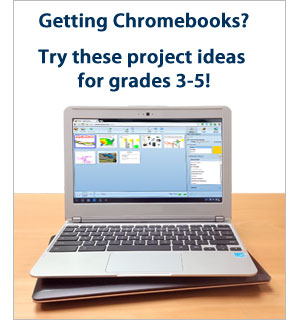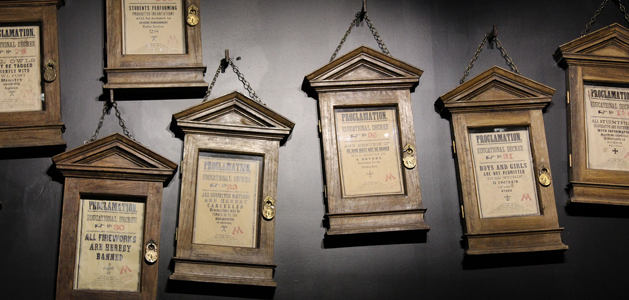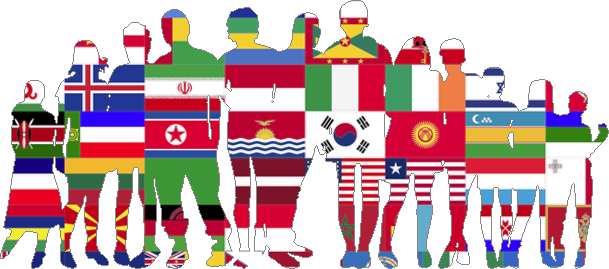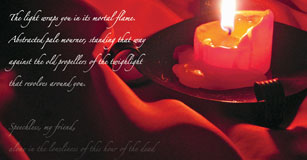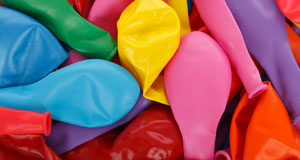Arcimboldo-Style Self-Portraits
Students explore the work of Guiseppe Arcimboldo to create their own Arcimboldo-style self-portrait.
Apps: Wixie
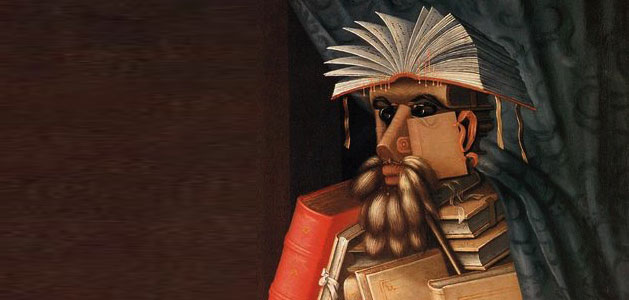
Task
Guiseppe Arcimboldo was an Italian Renaissance painter known for his portraits of people made from painted objects like fruit and books. After exploring his work, students use his paintings as inspiration as they create a composite self-portrait using objects like fruit, plants, and toys to symbolize their interests.
Engage
Share examples of the amazing portraits by Guiseppe Arcimboldo with your students. Use coffee-table-style art books that contain Arcimboldo’s interesting portraits or download digital versions in the public domain to create your own collection.
Depending on the age of your students, you may also be able to find videos, like this one from Smithsonian Magazine, to introduce Arcimboldo’s work to your students.
Arcimboldo’s The Librarian is made from a collection of books, Vetumnus includes fruit and flowers, and Earth is made up of animals. Discuss with your students how Arcimboldo uses everyday objects such as vegetables, fruit, flowers, fish, animals, and books, amongst other things, to create composite portraits.
Explore an image like Vertumnus in depth. Work together to list the objects in this portrait. Talk about the body part each object represents, such as a facial feature or an article of clothing. Discuss if and how individual parts are related to each other.
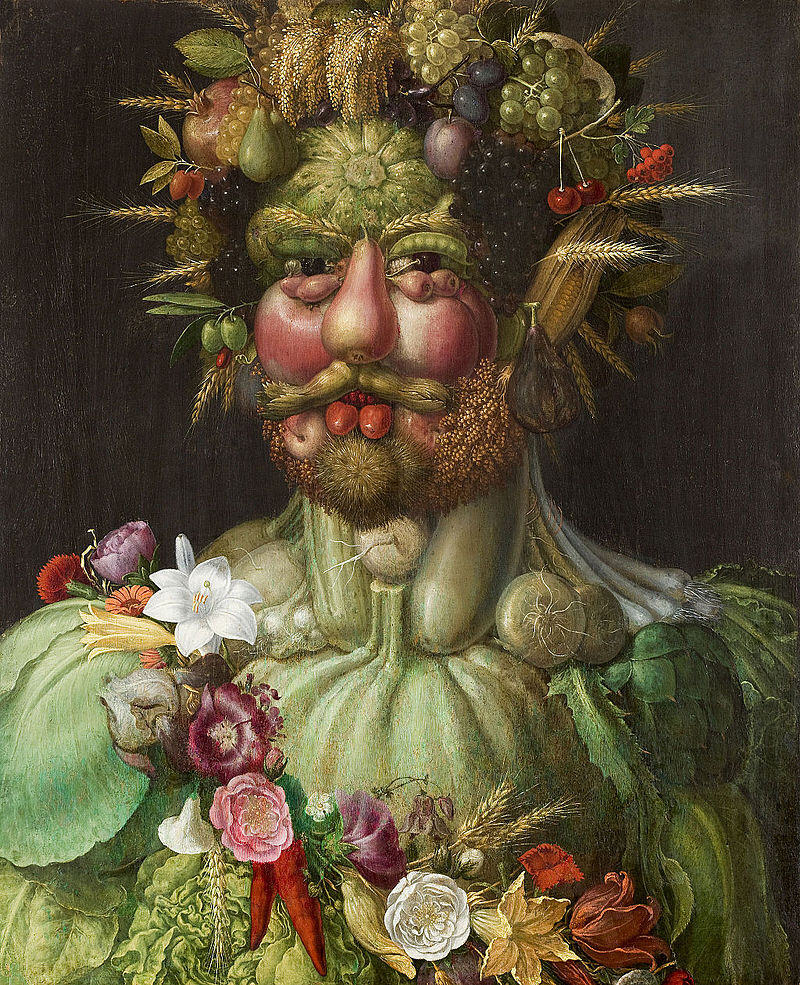
The Vertumnus portrait of Rudolf II displays the symbolism inherent in Arcimboldo’s choices of objects. The use of vegetables in this portrait of the Hapsburg emperor is designed to show the abundance of life under his rule. The rare vegetables like corn and eggplant found in the new world also reflects the sophistication and learning of his patron.
Create
Let students know that they will be creating their own self-portraits in Arcimboldo’s style.
To encourage students to think more deeply about the images they use, have them create a cluster diagram that identifies their character traits along with ideas for the objects that represent these traits.
Create a Graphic Organizer
Need a thought web, timeline, flowchart, or other graphic organizer for a lesson?
CreateYounger students will likely think of images that have direct connections, like a hockey stick representing a favorite hobby. Older students may be able to create more conceptual connections, such as using flowers found in spring to indicate a time of personal growth.
Students can cut out images they find in print magazines to create their self-portraits in tangible form or use a program like Wixie which makes it easy to add and rotate clip art images on a page.
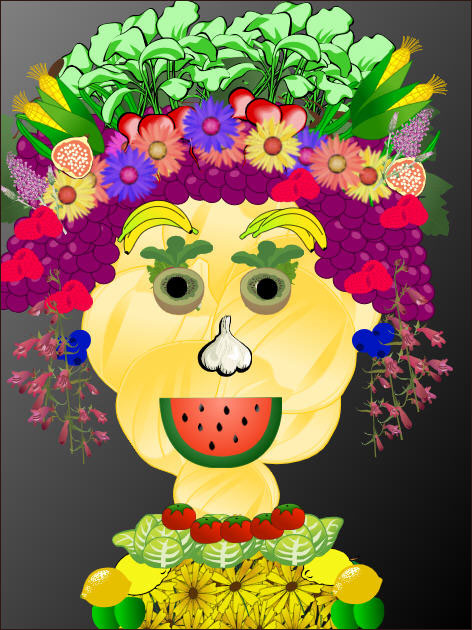
Students can browse or search Wixie’s Stickers library to find images of food, toys, plants, flowers, fruits, sports, and more. Wixie’s Templates library also contains an Arcimboldo template with a sample and directions making it easy to complete this project remotely.
As an extension, challenge students to turn their portraits into characters in a story and tell their tale. This is also a great time to discuss simile and metaphor and write poetry to go along with images.

Share
Print out student’s self-portraits to display as an art exhibit in your classroom or school or reach out to a local coffee shop or even small business to see if they might be interested in showcasing student work in their office. You can also combine individual student work into one document and run a slide show for a digital art installation.
Host a “Meet the Artist” event where parents, community members, and other students can visit your portrait gallery. Have students act as docents to share who Arcimboldo was, as well as explain how the objects in their self-portrait reflect their character traits, actions, and dreams.
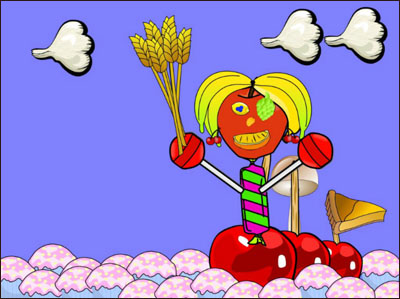
If you can’t get together for a gallery event, create a PDF or eBook of student self-portraits, so students can enjoy browsing the collection on their devices at home. You can also export student work as JPG files and upload to a photo-sharing site. Then, use the site’s features to publish a coffee table-style or paperback book.
Assessment
As you explore Arcimboldo’s self-portraits, evaluate student’s initial reactions to the images as they begin to see both the composite self-portrait and identify the objects used to compose them.
Student's self-portraits provide a performance assessment you can use to evaluate skill in using shape, color, and contrast to create a self-portrait that reflects color, shape, and shadow in their own faces.
Resources
Maria Peitcheva. Arcimboldo: 125 Colour Plates. ISBN-10 : 1534751289.
Smithsonian Magazine - Painter Arcimboldo and His Unique Style of Portraiture
Da Vinci TV - Arcimboldo’s Imaginative Portraits | Art with Mati and Dada
Standards
National Core Arts Standards:
Creating
1. Generate and conceptualize artistic ideas and work.
2. Organize and develop artistic ideas and work.
3. Refine and complete artistic work.
Connecting
10. Synthesize and relate knowledge and personal experiences to make art.
ISTE Standards for Students:
6. Creative Communicator
Students communicate clearly and express themselves creatively for a variety of purposes using the platforms, tools, styles, formats and digital media appropriate to their goals. Students:
d. publish or present content that customizes the message and medium for their intended audiences.



